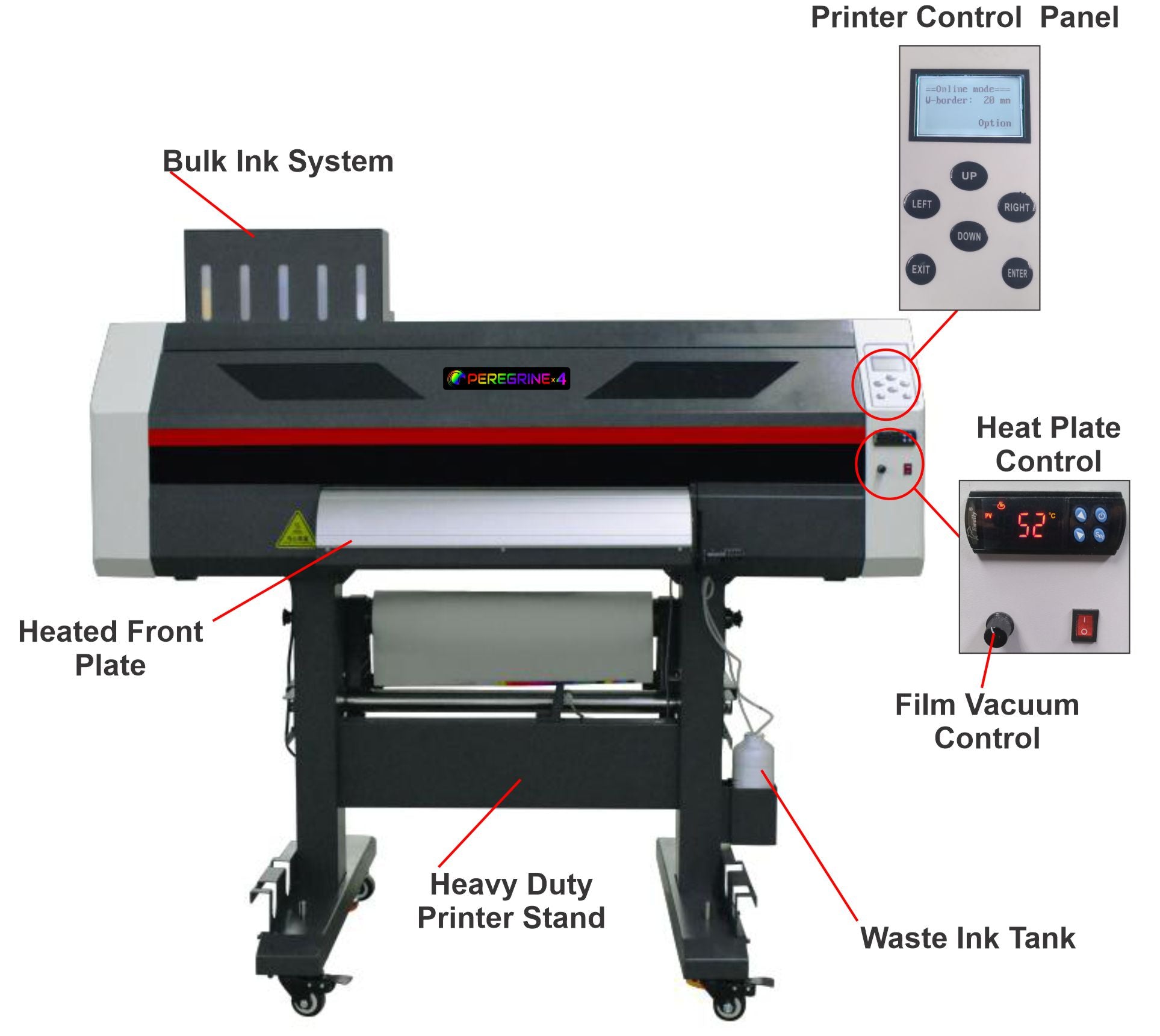DTF Printing Change: Letting Loose Creative Thinking in Fabric Layout and Manufacturing
Wiki Article
The Future of Fashion: Exploring DTF Printing Innovation in the Fabric Industry
Amongst these advancements, Straight to Film (DTF) printing modern technology has arised as an appealing competitor, supplying unique abilities and opportunities for designers and producers alike. This innovative printing approach has actually triggered interest due to its possible to change typical fabric printing processes.Evolution of Textile Printing
From the ancient civilizations utilizing methods like block printing to the digital transformation of today, fabric printing has actually continuously pressed limits. As the craft spread to various other parts of the globe, brand-new approaches such as display printing and roller printing arised during the Industrial Transformation, reinventing the fabric sector.
In the 20th century, improvements in technology led to the development of rotary display printing, permitting faster and more elaborate layouts. The introduction of digital textile printing in the late 20th century noted a considerable shift in the direction of more lasting and functional printing methods. Today, with technologies like Direct-to-Fabric (DTF) printing innovation, developers can create dynamic, thorough prints with higher effectiveness and decreased environmental effect. The development of fabric printing showcases an abundant background of creative thinking, ingenuity, and technological progression in the globe of fashion and design.
Advantages of DTF Modern Technology
With the evolution of textile printing methods from old methods like block printing to modern advancements such as digital printing, the intro of Direct-to-Fabric (DTF) modern technology has considerably improved the effectiveness and sustainability of fabric printing procedures. One of the primary advantages of DTF modern technology is its capability to straight print layouts onto fabric without the requirement for transfer papers, which minimizes waste and streamlines the production procedure. In addition, DTF printing enables for higher shade vibrancy and detail accuracy contrasted to traditional methods, allowing fabric makers to produce top notch and elaborate layouts with simplicity.Additionally, DTF technology is recognized for its flexibility, as it can be utilized on numerous kinds of fabrics, consisting of all-natural fibers like woollen, cotton, and silk, in addition to synthetic materials such as polyester and nylon (DTF Printing). This flexibility opens a large range of opportunities for manufacturers and designers to trying out various textures and materials, leading to more ingenious and unique items in the style market. In general, the implementation of DTF innovation stands for a substantial innovation in textile printing, providing numerous benefits that add to the future sustainability and creative thinking of the sector
Sustainability in vogue Manufacturing
Stressing eco-friendly practices is paramount in modern style manufacturing, lining up with the growing customer demand for sustainable items. In the last few years, the garment industry has actually faced raising scrutiny due to its significant environmental effect, including excessive water use, chemical air pollution, and textile waste. As a response, several fashion brands are currently incorporating sustainable practices right into their manufacturing processes to lessen injury to the setting.Sustainability in fashion production incorporates numerous facets, such as utilizing organic and recycled materials, lowering power usage, applying ethical labor methods, and advertising openness throughout the supply chain. Additionally, innovations in modern technology, like DTF printing, deal opportunities to better boost sustainability in textile production. This technology makes it possible for precise printing on fabrics, minimizing ink wastefulness and water use compared to typical printing techniques.
Design Flexibility and Personalization

In addition, DTF printing assists in modification on a range formerly unattainable, enabling for individualized apparel and unique pieces tailored to private choices. Overall, DTF printing innovation changes the layout landscape in the textile market, check my reference providing limitless opportunities for innovative expression and personalized fashion.
Influence on Supply Chain & Market Trends
DTF printing innovation in the fabric market is reshaping supply chain dynamics and influencing market trends via its performance and customization capacities. By making it possible for on-demand printing and removing the need for big inventories, DTF technology streamlines the supply chain procedure.
In addition, the personalization potential of DTF printing modern technology is revolutionizing the market fads in the textile sector. As a result, DTF technology is driving a shift in the direction of more customer-centric and cutting-edge strategies within the textile market, forming the future of style.

Final Thought
Finally, DTF printing innovation is changing the textile sector by providing many benefits such as style modification, freedom, and sustainability. This innovative innovation is website here improving the future of style manufacturing, impacting supply chains, and driving market patterns in the direction of extra effective and environment-friendly methods. As the market remains to progress, DTF printing will certainly play an essential function fit the method fabrics are generated and eaten in the years ahead.From the ancient human beings making use of techniques like block printing to the digital revolution of today, textile printing has actually continually pressed borders. As the craft spread to various other components of the globe, brand-new approaches such as display printing and roller printing arised during the Industrial Change, changing the fabric market.
The intro of digital textile printing in the late 20th century noted a substantial change in the direction of even more flexible and sustainable printing techniques.With the development of textile have a peek at this website printing strategies from ancient approaches like block printing to contemporary advancements such as electronic printing, the intro of Direct-to-Fabric (DTF) innovation has dramatically boosted the performance and sustainability of textile printing procedures (DTF Printing).In response to the essential change in the direction of sustainability in style production, the fostering of innovative technologies like DTF printing not just addresses ecological problems however also opens up methods for unequaled style freedom and modification in the textile sector
Report this wiki page